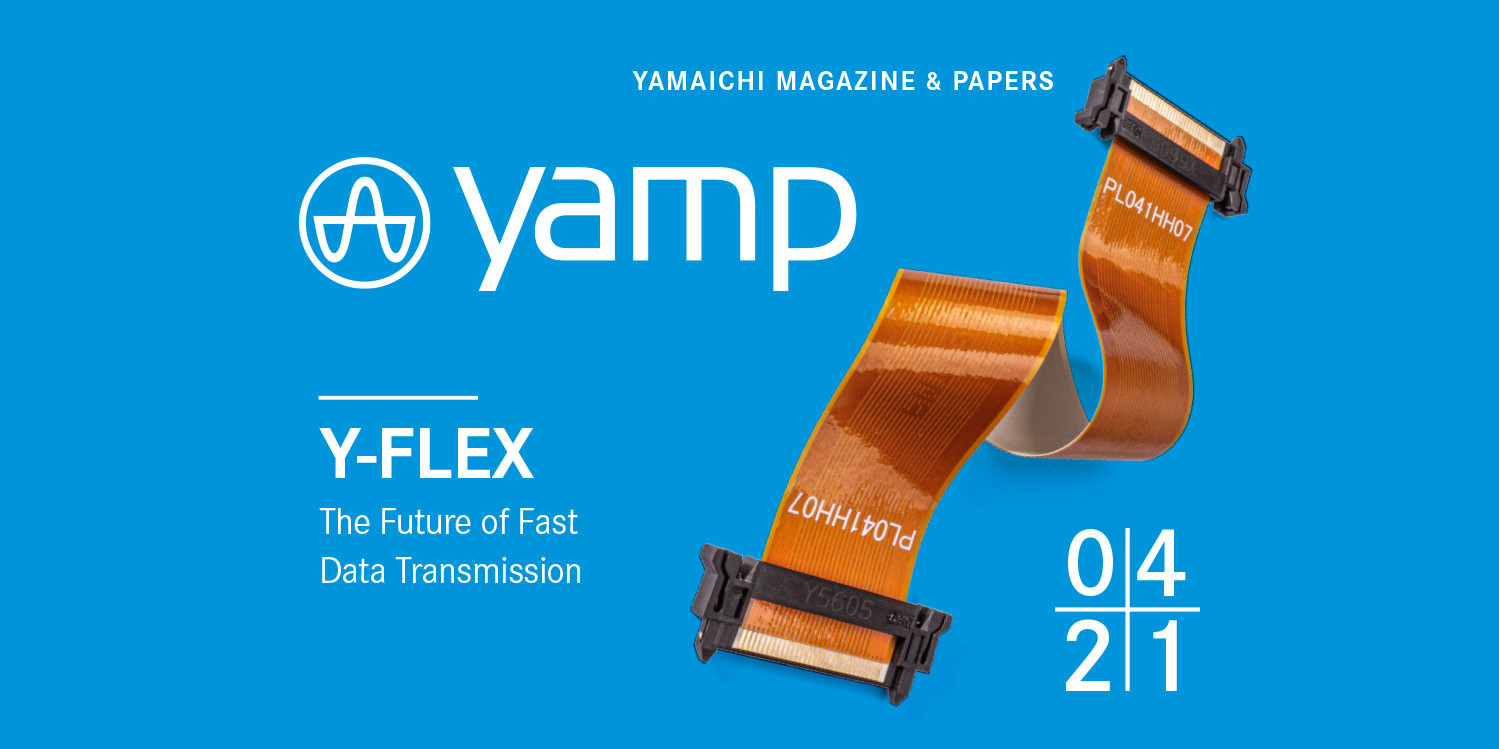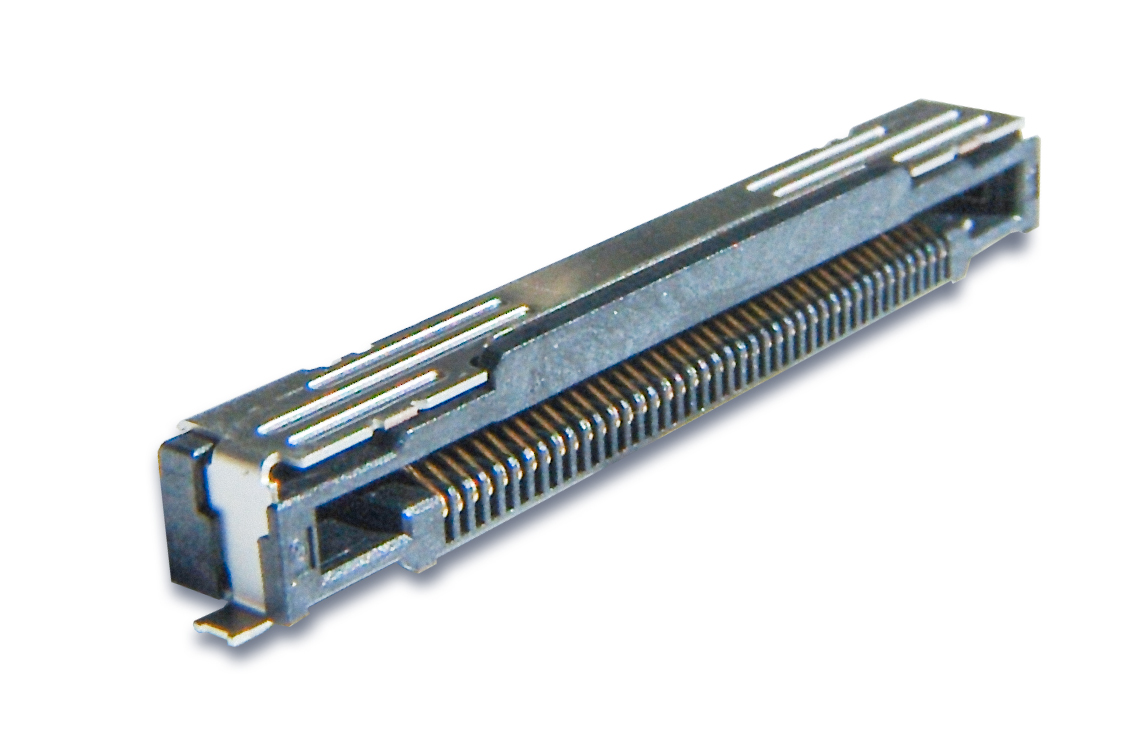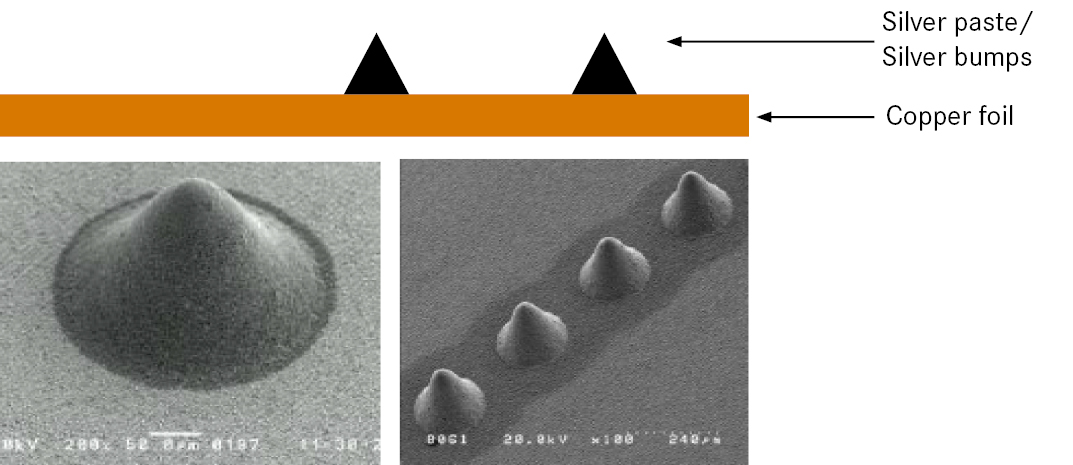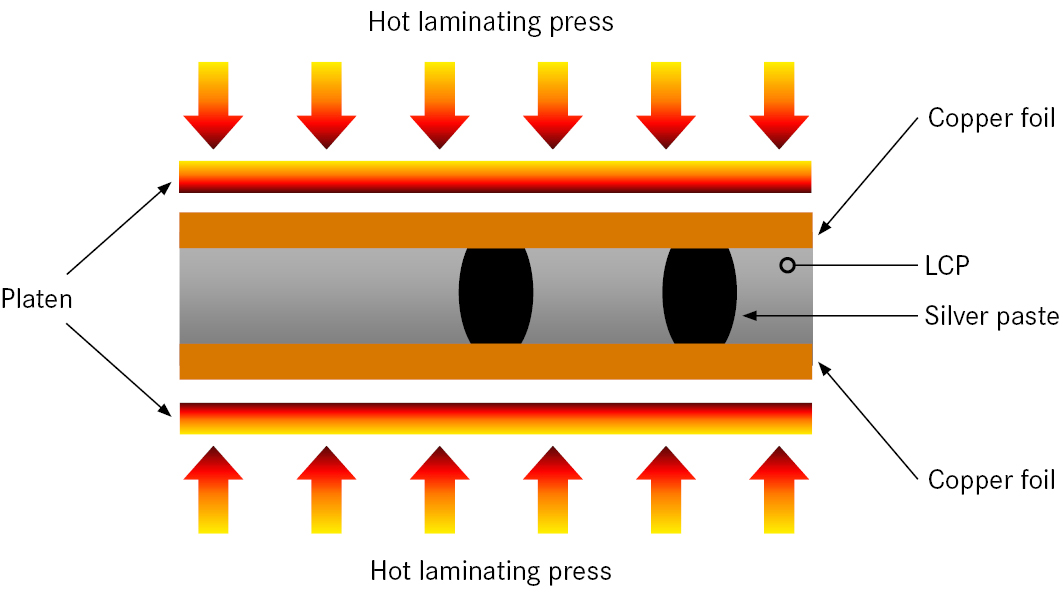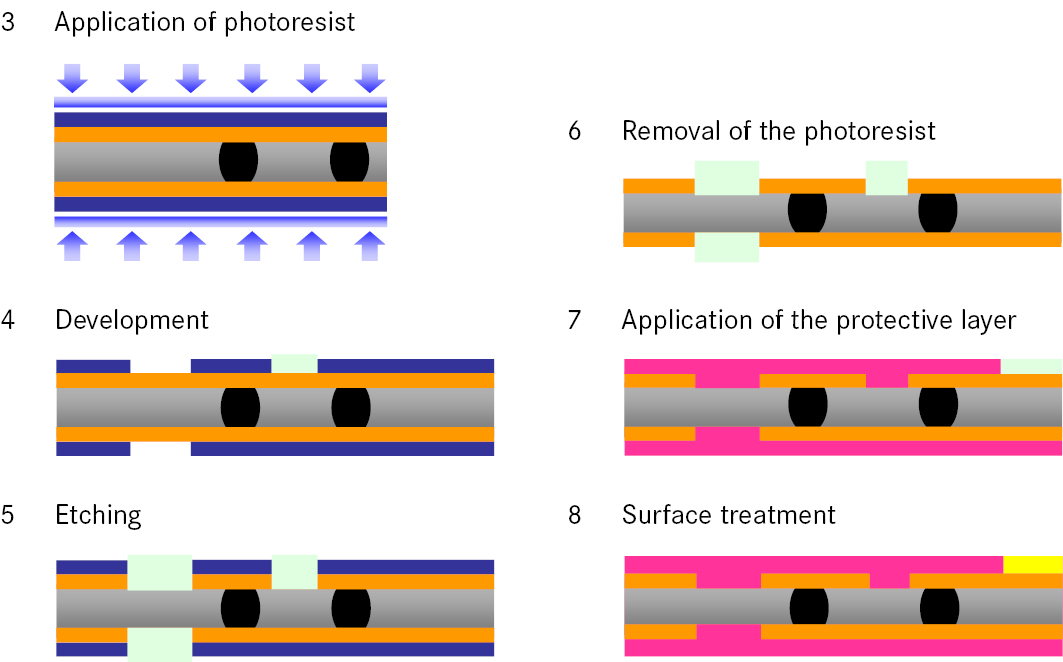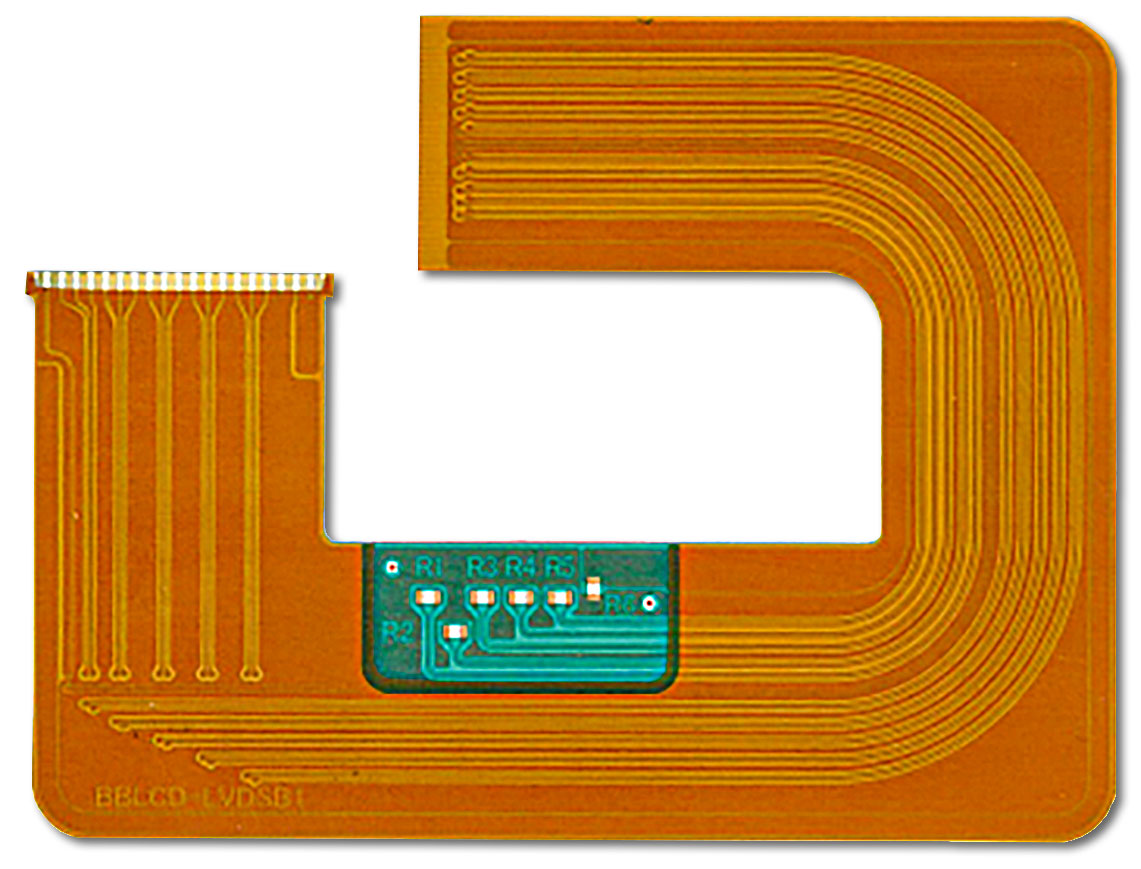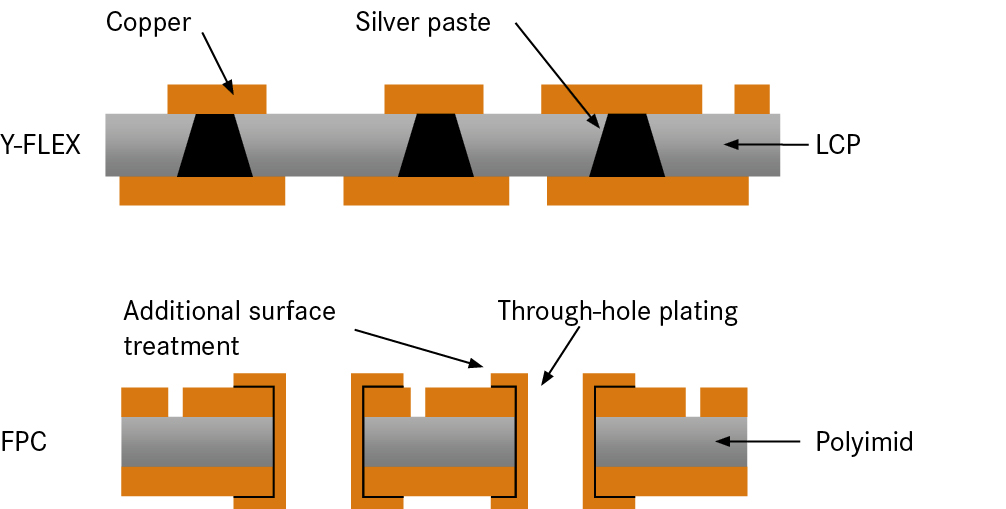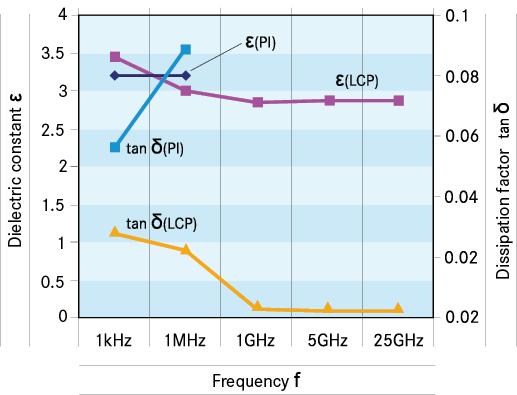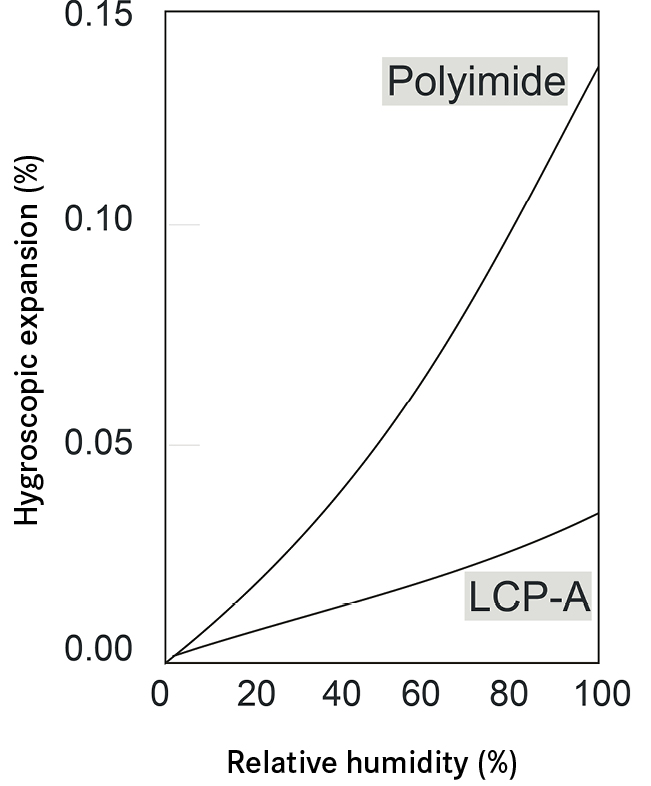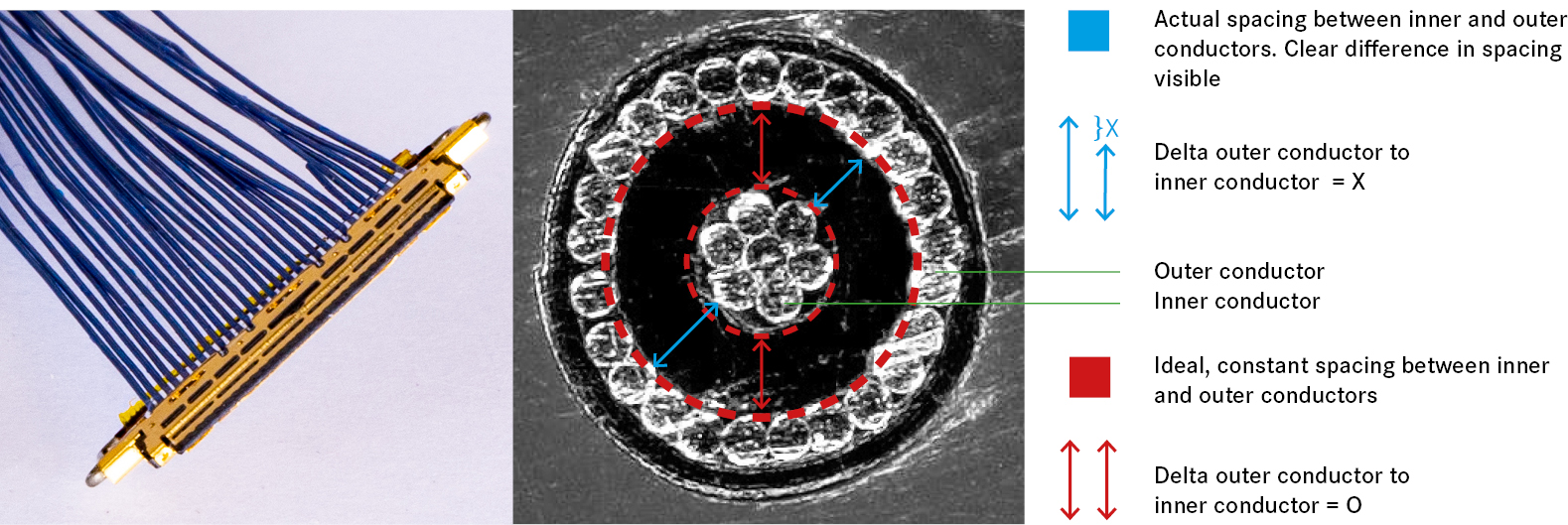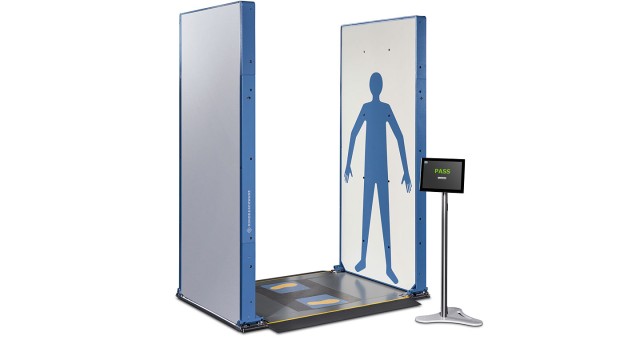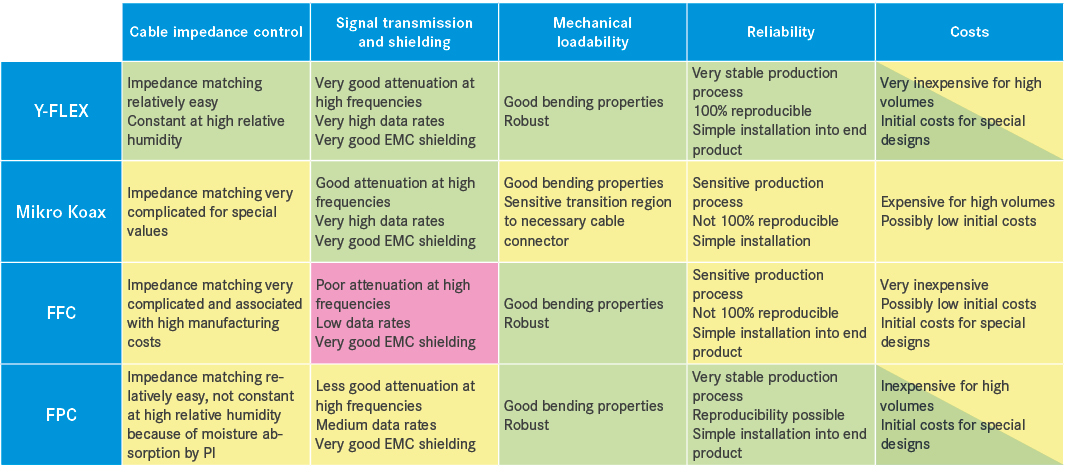The operator starts the scanning process via a touch screen and quickly receives the result for all types of potentially threatening objects displayed on it. Apart from advantages such as ease of operation, an open scanner with no chamber, outstanding body coverage and many more, minimal process times for maximum throughput was prioritised by Rohde & Schwarz. The extremely short scanning operation necessary for this requires fast data transmission.
Andreas Schießl, Security Scanner Hardware Development Manager at Rohde & Schwarz, explains the function as follows: ‘The QPS consists of two large detection walls, so-called panels. Each panel in turn contains 32 modules (clusters) with 96 transmitter and receiver antennas each. Behind each receiver is an analogue-to-digital converter that converts the analogue signals to digital signals. During the scan, the cluster buffers the digital signals. The fast digital data transmission between the modules and the central computer occurs via Y-FLEX cables, which connect the modules in series. After the scan, the modules transmit the data via the Y-FLEX chain to the central computer, which starts the data evaluation after less than 100 milliseconds and quickly transfers the result of the scan to the operator.’
Several gigabytes of data in total are transferred by the over 3,000 receivers in each panel per scan. To bring the data transmission rate and reliability at this extremely important point up to the maximum level with optimised manufacturing costs, Andreas Schießl’s development team considered several possible solutions. Richard Rasch, chief design engineer for the mechanics of the QPS, welcomes the flexibility of the Y-FLEX: ‘Through the use of the Y-FLEX, we can easily avoid mechanical tolerance problems that occur with the use of FPC or PCB solutions. Initial concerns as to the workability in manufacturing were also quickly dispelled. The manufacturing process is by no means more complex than for comparable flat cables.’
‘However, the electrical properties together with the competitiveness of the Y-FLEX made the difference in the end,’ Richard Rasch and Andreas Schießl agree. ‘With the Y-FLEX we achieve a data transmission rate of 12.5 Gbps per line pair over a length of nearly 400 mm in an electromagnetically challenging environment. Through the use of multiple Y-FLEX lines, we can solidly meet our extremely high demands on the transfer rate. In addition, the stable manufacturing process and the maximum reliability resulting from that – as well as much lower costs than with a micro-coaxial conductor solution – persuaded us to use the Y-FLEX,’ says Andreas Schießl.
Further markets for use of the Y-FLEX
Y-FLEX manufacturer Yamaichi Electronics sees the products in many other future markets apart from measurement technology. Autonomous vehicles stopped being a vision long ago. The installation spaces in the ECUs (electronic control units) are becoming tighter all the time. Where board-to-board connector solutions are not possible, the extremely flexible and reliable Y-FLEX can be used to ensure the best transmission characteristics.
Very high data transmission rates are needed in data networking, e.g. in the hardware for 5G radio network infrastructures. Specifically, the Y-FLEX is used in the so-called RRU (remote radio unit) between the main board and the antenna assembly. Because the RRU has to be suitable for outdoor use and able to withstand all weather conditions, the Y-FLEX offers a much higher stability and thus better electrical properties here than any conventional FPC with polyimide substrate as an insulating layer due to its hygroscopic properties.
In image processing, ever higher resolutions are placing ever increasing demands on data transmission. Moreover, specifically in the medical field, maximum stability during image transmission is essential and potentially life-saving. The Y-FLEX is already used here between the main boards and monitors of various image processing systems.
Christoph Prem, Sales and Marketing Director at Yamaichi Electronics, sees a bright future for the Y-FLEX technology: ‘We have been on the market since 1997 with the basic technology of the Y-FLEX. Market entry in Germany proved to be more difficult at first as the demands on the data rates in the first few years were by no means as high yet. So we are all the more pleased that the measurement technology market leader Rohde & Schwarz already recognised the outstanding technology of the Y-FLEX a few years ago and is now using them in a multitude of projects. Major companies and industry market leaders in markets other than measurement technology are also expressing great interest in the Y-FLEX. The product is attracting more and more attention due to its outstanding electrical properties, and the higher demands on data transmission in a wide variety of applications. We are certain that the Y-FLEX will find application in many different industries in the future.’

